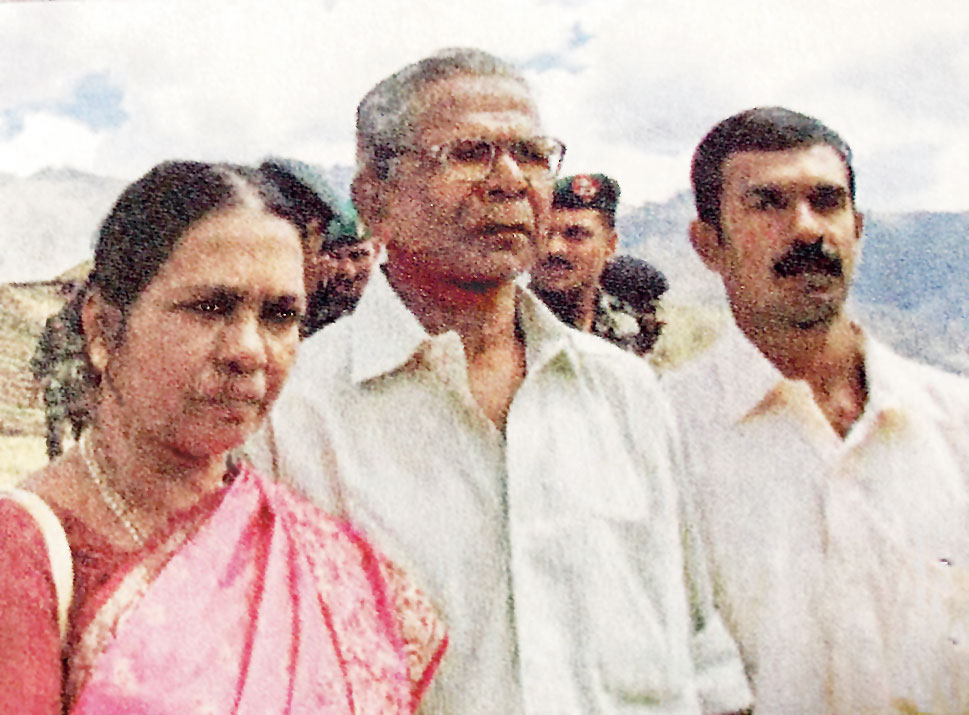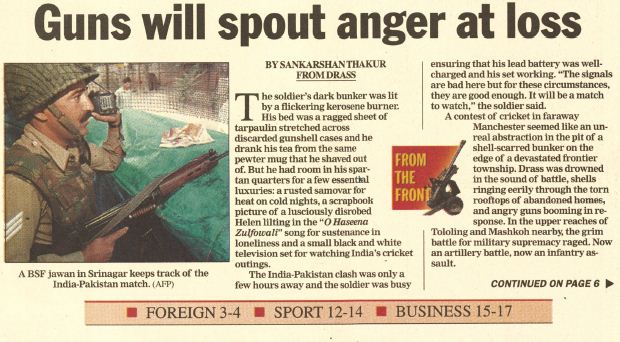Imagine an image airbrushed. Of warts and scars and pocks and craters, and curses that only war can spell. Then imagine the panoramic image on top. Or look at it, just look at it.
When I first came upon this sight in the summer of 1999 — man to mountain — the vista looked nothing like this. It was a setting irredeemably scarred. It was littered with hollow shells and field guns, and blackened by what they emitted — gunpowder, smoke, phosphorescence, panic, disarray, dread, destruction, death. Worse. Irreparable injury. Irreparable loss. The horrific signature of war crawled all across it.
Over the autumn and winter of 1998, the Pakistani military machine had sneaked under lowered, lazy guard, and snatched vantage stations right across the range you see and farther yonder. With armed mercenaries at the front, it had breached Indian sovereignty along more than a hundred kilometres of a frozen desolate frontier, often pushing several kilometres in. They had dug in and established dozens of offensive outposts. They had come to dominate key positions above National Highway 1A, the slender and sole road link India possesses to the strategic Kargil-Ladakh frontier. The audacious adventure became a full-blown intrusion as a result of multiple lapses in intelligence and military preparedness; early alerts had been sounded but they were ignored, even scoffed at. The summer of 1999 was the price the nation paid.
It took nine weeks of dour combat — and diplomatic brinkmanship between subcontinental nuclear powers — to knock off the incursion, regain the territories and call a halt to fire. Tens of thousands of civilians lay displaced, close to 550 Indian soldiers were killed in action and thrice the number injured; losses on the Pakistani side, which denied any military role for a long time, remain disputed to today, the number of soldiers dead ranges from 700 to 4,000.
We travelled back to Kargil last fortnight to witness what has changed. From Zoji La in the southwest to Budh Kharbu in the northeast, the frontier has transformed into a metal-plated garrison, possessed of a Battle School to boot; the altitudes looming above are more effectively manned and watched than ever before; Drass and Kargil have become islands of teeming commerce; a benign cloud has come to hang over peaks that once flamed with fierce fire.
The panorama that you see has not been airbrushed; it is a picture from today of what was then the centrestage of the Kargil War. Left to right in the image stand some of the key peaks that had been grabbed and occupied, and had to be reclaimed — Tiger Hill, Kala Pahad, Point 4180, Point 5140, Tololing. In the folds behind the mountains to the left of the picture lies Mushkoh Valley; beyond the peaks to the right, Batalik. Twenty summers ago, this photograph, clicked somewhere between Pandrass and Drass on the afternoon of July 9, 2019, would have looked patently and dishonestly airbrushed of the nasty disfigurement that war is.
Over the next few stories, you will find a few reasons why.

The approach to Kargil from the Kashmir Valley winds up the steep and often precarious Zoji La, a high pass 36 kilometres long; shut through winters and excessive snow, the road is mostly rutted and in need of constant repair during summer months. Sankarshan Thakur
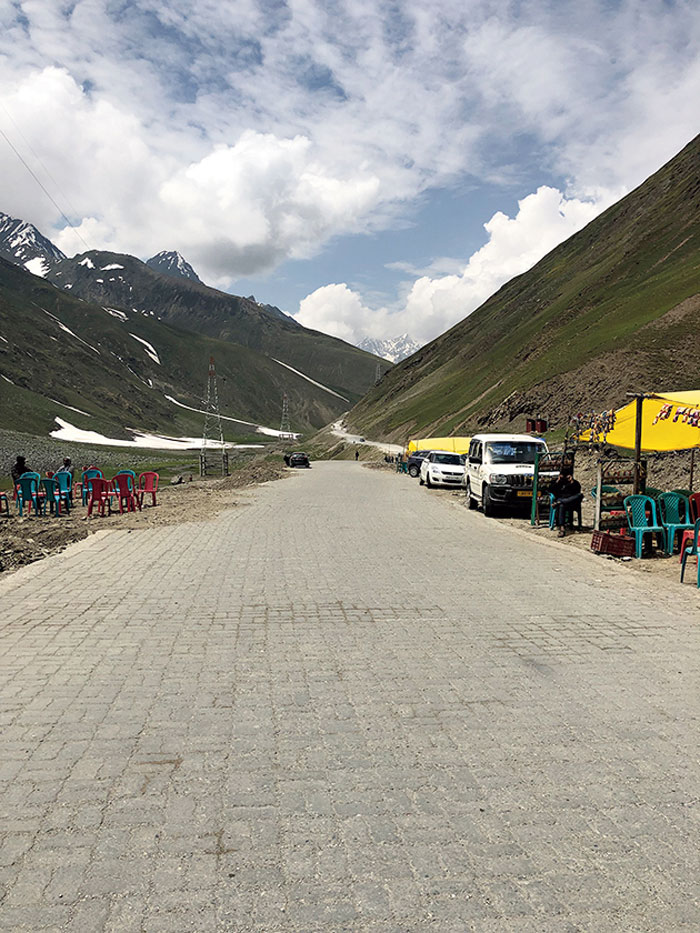
Zoji La, nearly 12,000 feet above sea level, opens onto a windblown clearing above the treeline called Zero Point and meanders on to a hamlet called Gumri. Sankarshan Thakur

Gumri is often used as a fuel dump during winters. Sankarshan Thakur
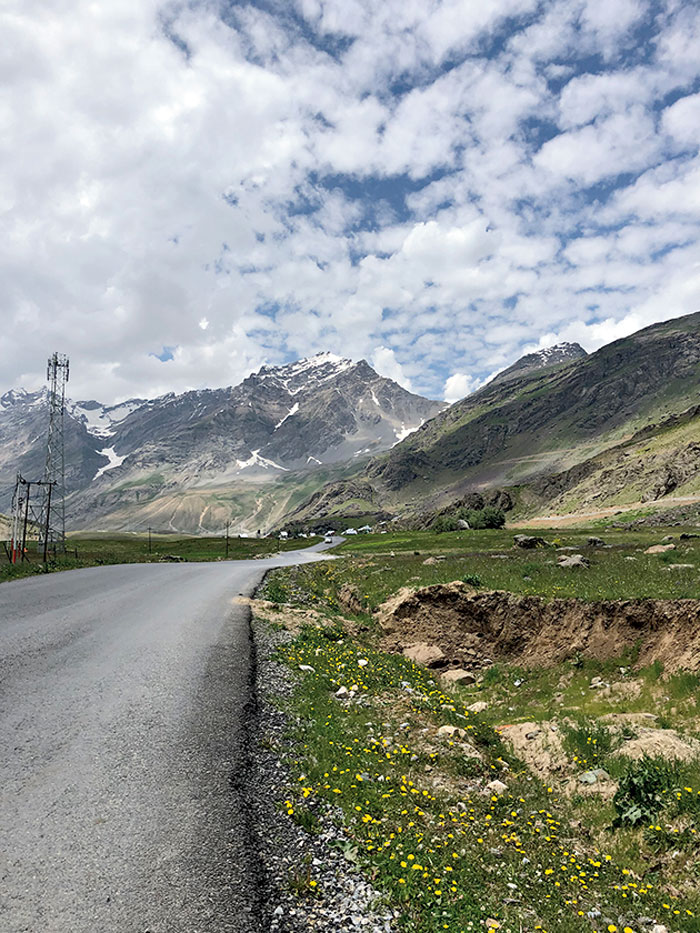
Beyond Gumri, the road plunges into the vast and beauteous Matayen Valley and eventually leads, along turbulent mountain streams, into Pandrass, Drass and Kargil, where the military presence today is not merely inescapable, it’s domineering. Sankarshan Thakur

The craggy slope that was once a blistered battlefront, taken by the to and fro of artillery gunfire, is now a grand red sandstone memorial to soldiers. It is looked over by the Tricolour said to weigh 15 kilograms. Sankarshan Thakur
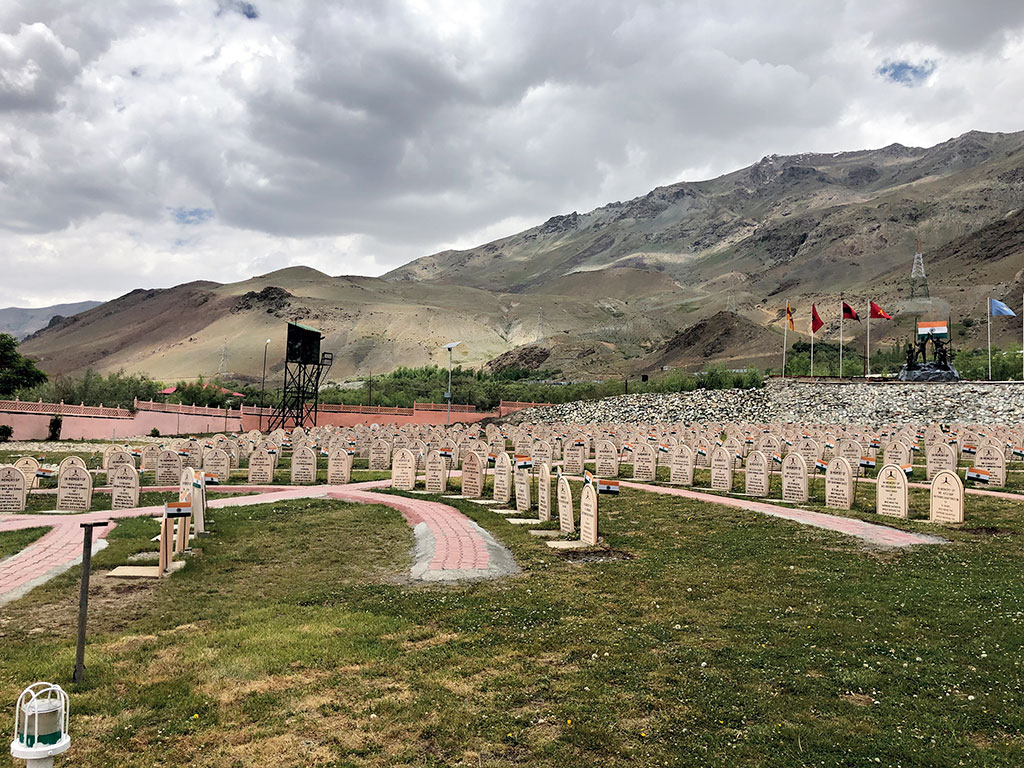
The air all around is very military, and right overhead looms the Tololing peak — the area has been christened Tololing Range and has a fair few eponymous cafés and coffee shacks. During summer months, the memorial takes a steady stream of visitors. To one side, on a gentle knoll, sits an Arlington-like gallery of tributes in stone to those killed in action. Sankarshan Thakur
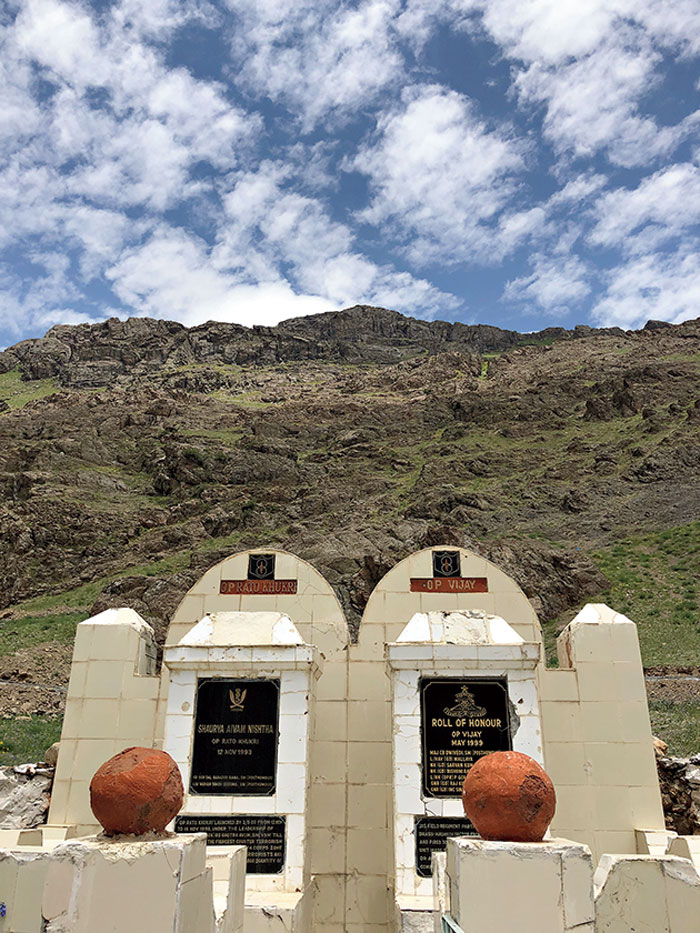
There are other, smaller, memorials littered across this landscape, like the one in Pandrass for soldiers who battled to wrest the Mushkoh Valley. Sankarshan Thakur
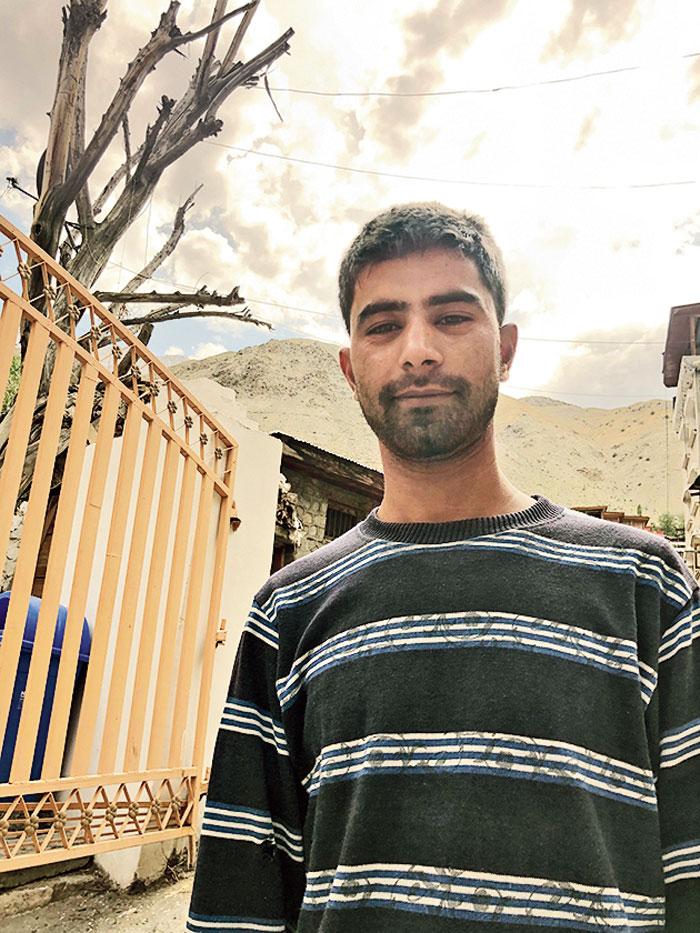
A voice from today’s Kargil. Prince Qaiser is a child of the war, born in 1999; but he wants to have little to do with what happened. He has heard tales but is unable to be curious. “Kya fayda?” A hotel handyboy, Qaiser says what matters to him is the here and now. “Kaam karna hai, paise kamaaney hain, aage jaana hai, pehle kya hua jaan ke kya milega… haan, phir se jung nahin honee chahiye, jung se bhi kisi ko kya mila?” (I have to work and earn money. What is the point of knowing what happened before. But yes there shouldn't be another war. War has never benefitted anyone). Sankarshan Thakur
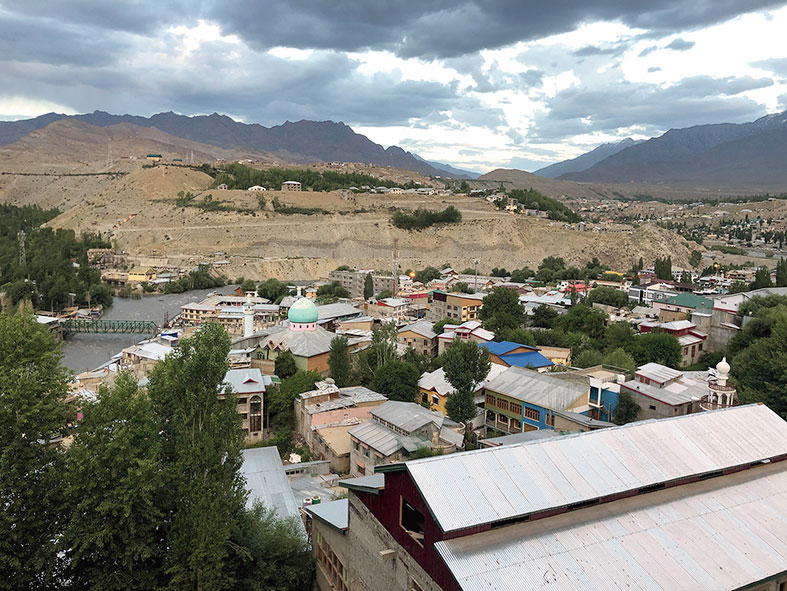
Desolate and depeopled during the war, Kargil has more than recovered its original mien. A retail hub and popular night-halt for tourists travelling to and back from Leh and Zanskar, Kargil now has more than a dozen hotels, tens of eateries and a mounting population that has burst frontiers and clambered up the surrounding plateaux. Sankarshan Thakur
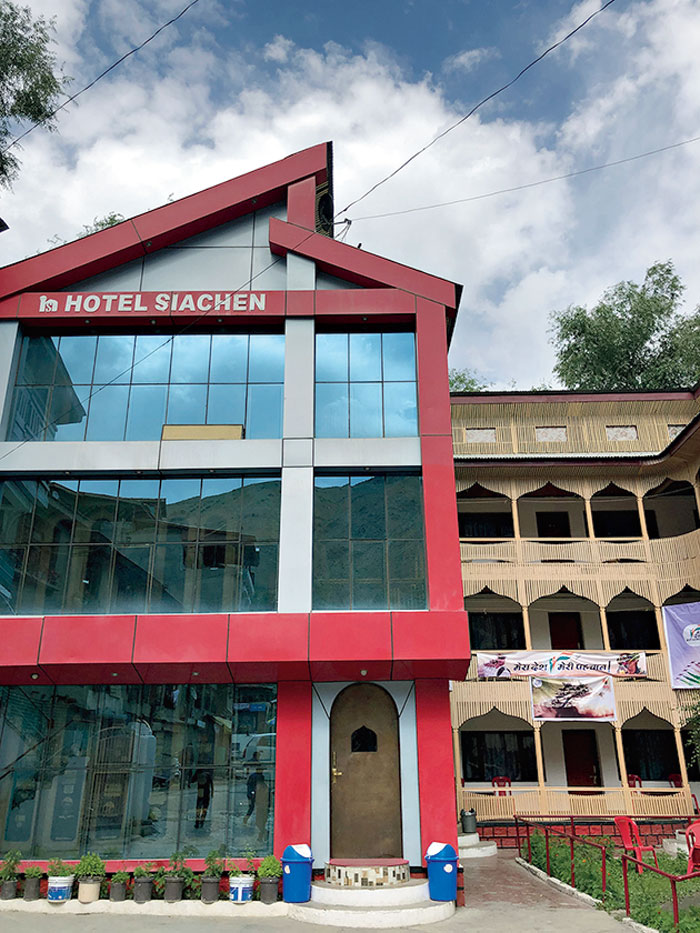
Hotel Siachen in Kargil’s main bazaar was the only place journalists covering the war could find refuge in. It offered bed, tea, and on the lucky day, breakfast. Often shelled during the hostilities, Hotel Siachen refused to shut operating. It has acquired a new fibreglass façade, but behind it Siachen remains its old doughty self Sankarshan Thakur


